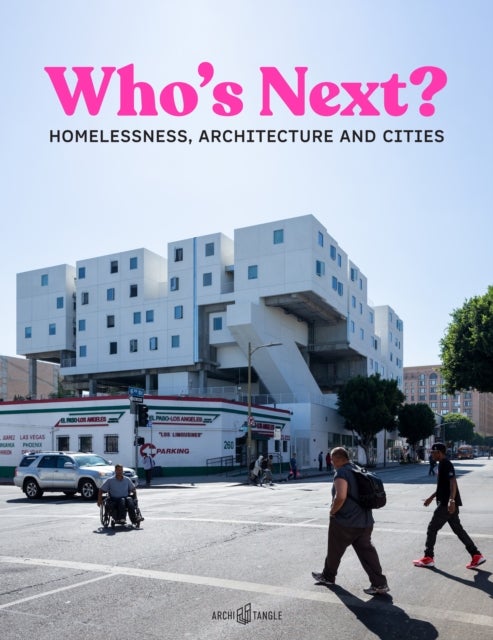
Who's Next
679,-
<p><p>Homelessness is a growing global problem that requires local discussions and solutions. In the face of the coronavirus pandemic, it has noticeably become a collective concern. However, in recent years, the official political discourse in many countries around the world implies that poverty is a personal fault, and that if people experience homelessness, it is because they have not tried hard enough to secure shelter and livelihood.</p> </p><p><p>Although architecture alone cannot solve the problem of homelessness, the question arises: What and which roles can it play? Or, to be more precise, how can architecture collaborate with other disciplines in developing ways to permanently house those who do not have a home?</p></p><p><p><span><i></span><span>Who’s Next? Homelessness, Architecture, and Cities</span><span></i></span><span> seeks to explore and understand a reality that involves the expertise of national, regional, an








